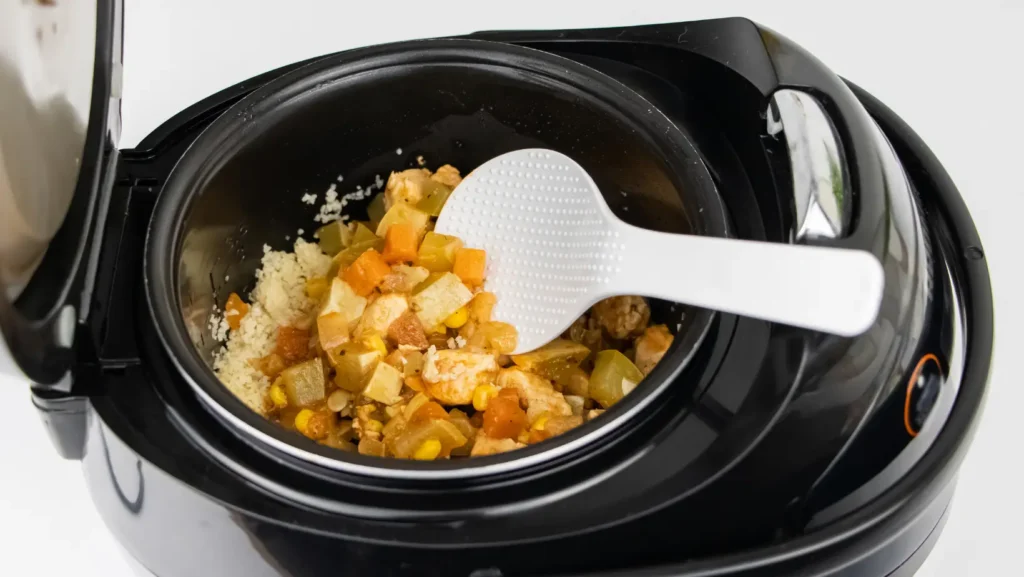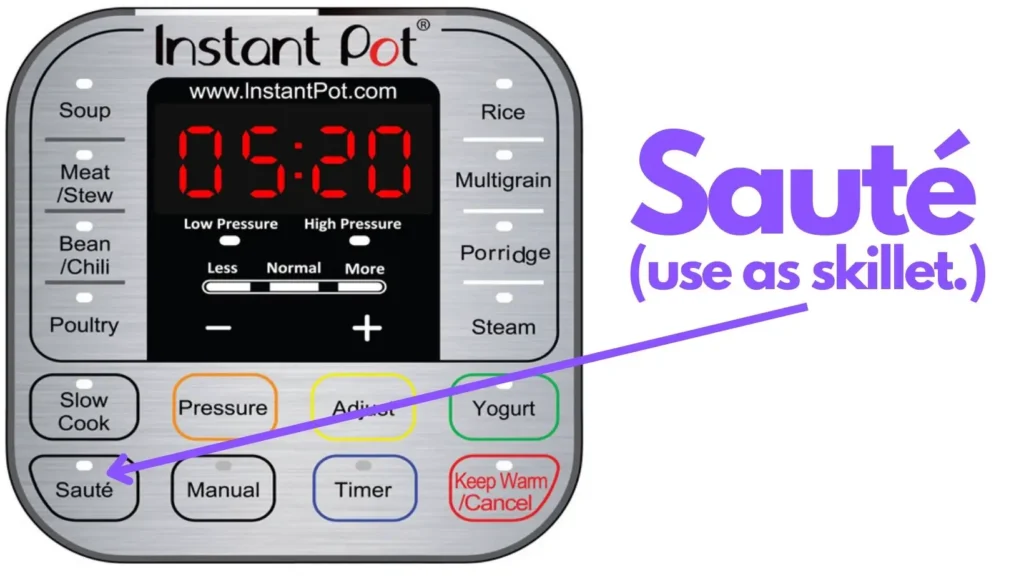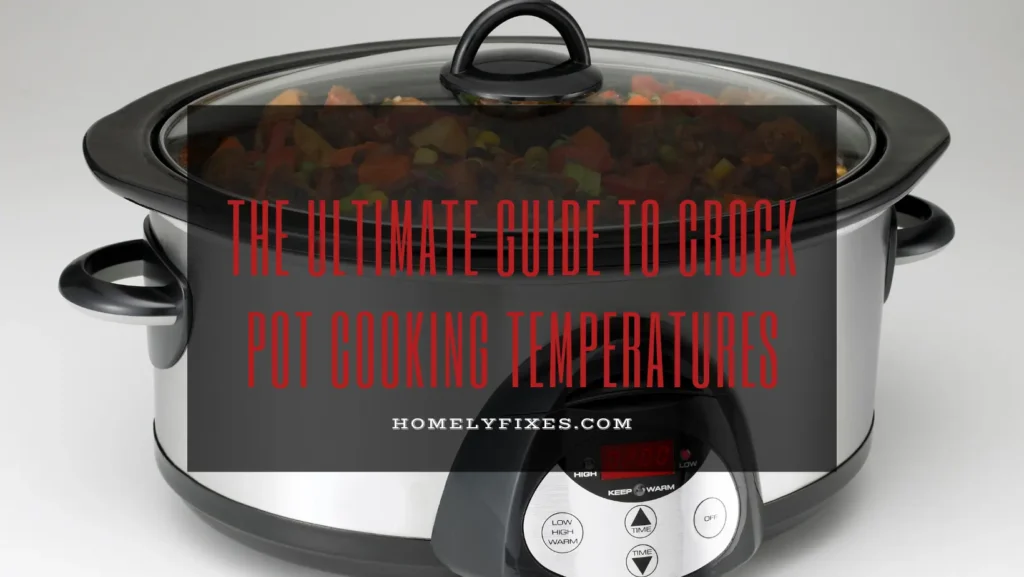
Do you love the convenience of crock pot cooking but struggle with getting the right temperature for your dishes? The temperature settings on a crock pot can be confusing, but mastering them is the key to delicious and perfectly cooked meals.
In this ultimate guide to crock pot cooking temperatures, we’ll break down the different temperature options and explain when to use them. From high to low, we’ll cover the ideal temperature for soups, stews, roasts, and more. With this guide, you’ll be able to confidently cook any recipe in your crock pot and impress your family and friends with your culinary skills.
So if you’re ready to take your crock pot cooking to the next level, let’s dive in!
The Science of Crock Pot Cooking Temperatures
Crock pots or slow cookers work by cooking food at a low, steady temperature over an extended period, typically ranging from 4 to 10 hours. The low, slow cooking process is designed to break down the tough fibers in meats and soften vegetables while allowing flavors to blend and intensify.
The cooking temperature is a critical factor that affects the outcome of crock pot recipes. The temperature range for most crock pots falls between 170°F to 280°F, depending on the make and model of the slow cooker.
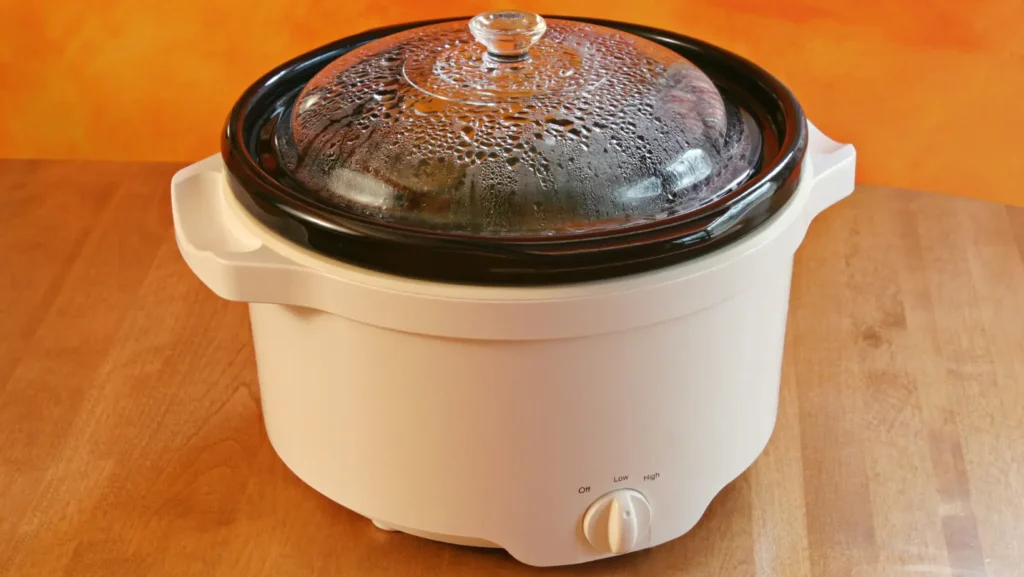
Crock Pot High Settings
High settings on a crock pot typically cook food between 209°F to 300°F. This setting is ideal for cooking meats, poultry, and soups quickly. High heat also works well when you want to get a head start on cooking or when you’re short on time.
Crock Pot Low Settings
Low settings on a crock pot cook food between 170°F to 200°F, making it ideal for slow-cooking meats, stews, and casseroles over a more extended period. Low heat can also be used for keeping food warm or reheating.
Crock Pot Warm Settings
Warm settings on a crock pot are usually around 145°F to 165°F, which is the ideal temperature for keeping food warm without overcooking it. This setting is perfect for entertaining or when you’re serving food buffet-style.
To determine the appropriate temperature for a recipe, you’ll need to consider the cooking time, ingredients, and desired texture. Some recipes will require a high temperature for a shorter time, while others will require a lower temperature for a more extended period.
Understanding the science behind crock pot cooking temperatures can help you achieve the perfect texture and flavor in your meals while ensuring that food is safe to eat. In the next section, we’ll explore the factors that can affect crock pot cooking temperatures.
Factors Affecting Crock Pot Cooking Temperatures
While understanding the different temperature settings on a crock pot is crucial for successful cooking, other factors can also impact the cooking temperature and time needed to achieve the desired result. Here are some of the key factors to keep in mind:
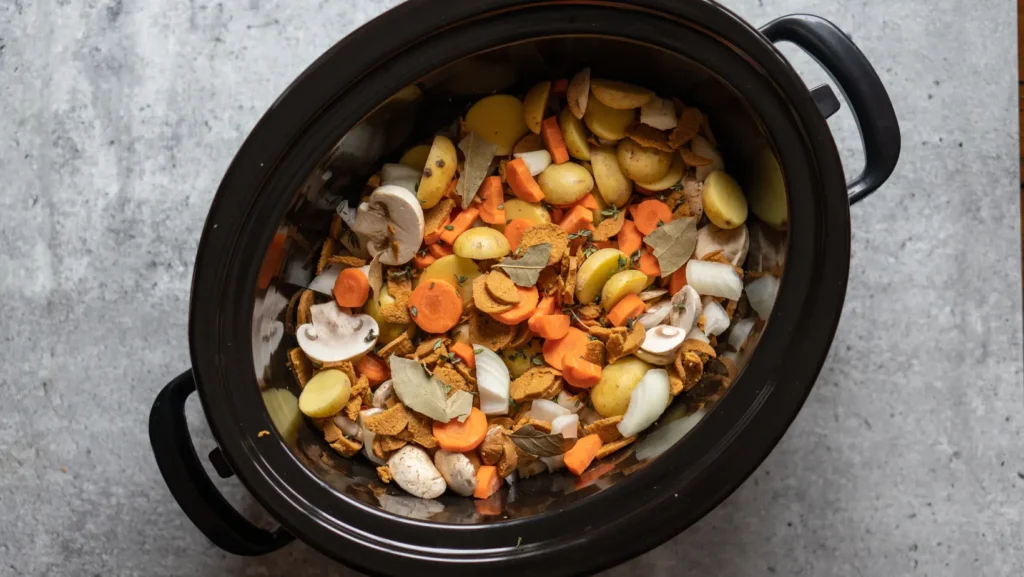
Size and Shape of the Crock Pot
A smaller crock pot will heat up faster than a larger one and may require less time to cook. The shape of the crock pot can also affect the cooking time, as wider pots may cook faster than deeper ones.
Amount of Food Being Cooked
A full crock pot will take longer to cook than a half-full one, as there is more food to heat up. However, overfilling the crock pot can also lead to uneven cooking, so it’s important to avoid overcrowding.
Type of Recipe
Recipes with tougher cuts of meat may require a longer cooking time at a lower temperature to ensure that the meat is tender and fully cooked. Recipes with delicate ingredients, such as fish or vegetables, may require a shorter cooking time at a higher temperature to prevent overcooking.
Altitude
Higher altitudes can cause food to cook faster and at a lower temperature due to the decrease in air pressure, so it’s essential to adjust the cooking time and temperature accordingly.
Crock Pot Temperature Safety Tips
While crock pots can make cooking a breeze, keeping food safety in mind is important to avoid foodborne illnesses. Here are some temperature safety tips to keep in mind:
- Always start with a clean crock pot: Make sure that your crock pot is clean before you start cooking to avoid contamination.
- Use a food thermometer: Use a food thermometer to ensure that your food has reached a safe temperature. The USDA recommends cooking meats to a minimum internal temperature of 165°F (74°C).
- Avoid opening the lid: Opening the lid of your crock pot can release heat and extend the cooking time, impacting the safety and quality of your food. Only open the lid if absolutely necessary.
- Don’t leave food sitting out: Once your food is cooked, serve it immediately or transfer it to a refrigerator or freezer to avoid any bacterial growth.
- Be careful with leftovers: If you have leftovers, make sure to store them in the refrigerator within two hours of cooking. Leftovers should be reheated to a minimum internal temperature of 165°F (74°C) before consumption.
Common Mistakes to Avoid

While crock pots are a great tool for cooking, there are some common mistakes that people make that can impact the quality of their food. Here are some mistakes to watch out for:
- Overfilling the crock pot: Overfilling the crock pot can cause food to cook unevenly, take longer to cook, or even spill over. Ensure to follow the manufacturer’s recommendations for filling the crock pot and leave room for the food to expand as it cooks.
Tip: If you’re cooking a large amount of food, consider using multiple or larger crock pots to ensure even cooking.
- Using the wrong temperature setting: Using the wrong temperature setting can impact the quality of your food. For example, using the high setting for a recipe requiring low heat can cause the food to overcook and dry.
Tip: Always read the recipe carefully and follow the recommended temperature setting. If you’re unsure, start with the lower temperature setting and adjust as needed.
- Adding ingredients at the wrong time: Adding ingredients at the wrong time can impact the texture and flavor of your food. For example, adding vegetables too early can cause them to become mushy.
Tip: Read the recipe carefully and add ingredients at the recommended time. If you’re not sure, err on the side of caution and add ingredients toward the end of the cooking time.
- Not stirring the food: Not stirring the food can cause some parts of the food to cook faster than others, resulting in unevenly cooked food.
Tip: Stir the food occasionally to ensure even cooking.
- Cooking the food for too long: Overcooking the food can cause it to become dry and lose flavor.
Tip: Follow the recommended cooking time in the recipe and use a food thermometer to check the internal temperature of the food to ensure it’s fully cooked.
FAQs Crock Pot Cooking Temperatures
What Temperature Should I Use for Cooking in My Crock Pot?
The temperature you should use depends on the recipe and the amount of time you have available to cook. Generally, high temperature is used for quicker cooking, while low temperature is used for longer cooking times.
Can I Adjust the Cooking Temperature of my Crock Pot Depending on the Recipe?
Yes, you can adjust the cooking temperature based on the recipe. Follow the recipe instructions and adjust the temperature as needed based on the size and shape of your crock pot, the amount of food being cooked, and the cooking time.
How Long Should I Cook my Food in a Crock Pot?
Cooking time depends on the recipe, the size of your crock pot, and the amount of food being cooked. Most recipes will give you an estimate of cooking time, but you may need to adjust based on the factors mentioned above.
How Do I Know When my Food is Cooked to a Safe Temperature in a Crock Pot?
Use a food thermometer to check the internal temperature of your food to ensure it has reached a safe temperature. Generally, meat should be cooked to at least 165°F (74°C) and other foods to 145°F (63°C).
